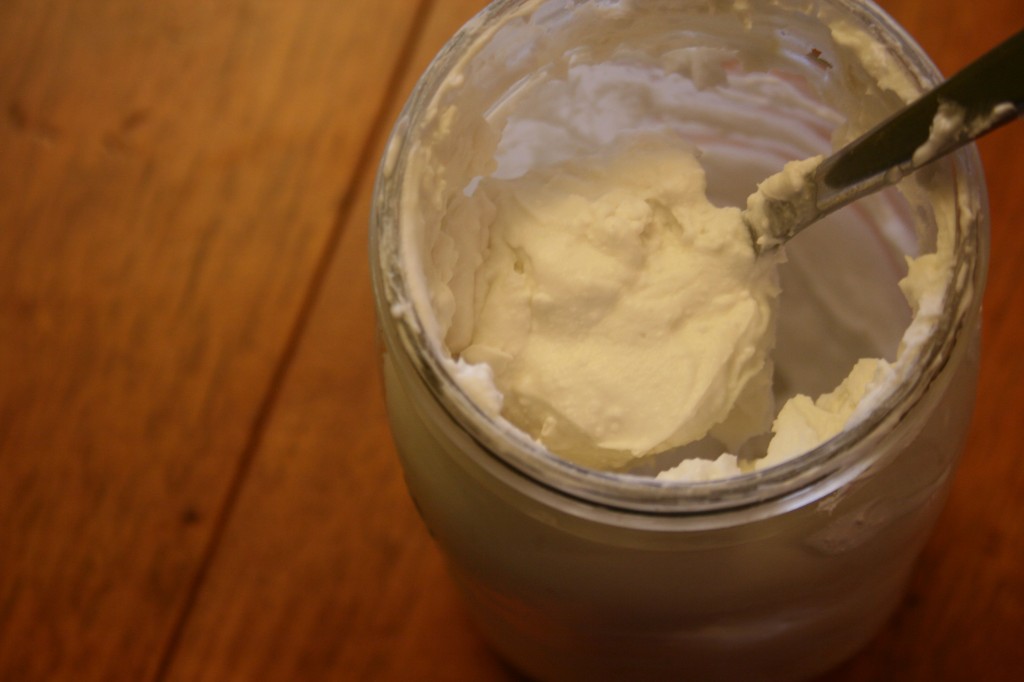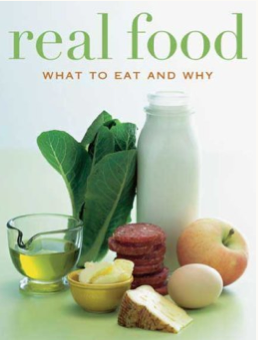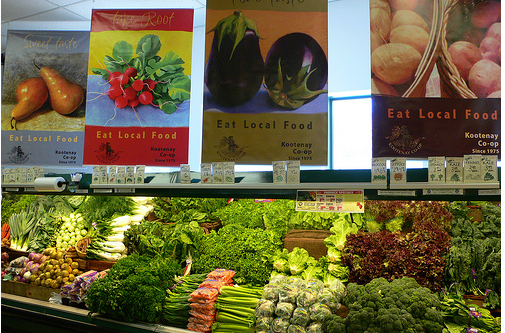With the bombardment of choices for us mothers to make in regard to our health and nutrition at the table and in our lifestyle, it is becoming more and more difficult to keep a proper balance between our pursuit of nutrition for the health and wholeness of our family and the reality of what we can truly manage. I have been noticing an increased obsession with health and food in my generation that has been concerning, especially among young mothers. We don’t realize that something is being sacrificed at the idol of health.
As I have been part of this real food movement over the last few years, I have come from truly enjoying learning new things about our health and food choices and eager to serve and provide the best for our family, to becoming obsessed with worry (what are these ingredients and what can they do to our body?) and frustration over our food budget and what the long-term impact of our decisions could result in. Now I’ve come to a place of peace. I have freedom because I am letting go of control. After my original writing of Can Natural Living Become an Idol? several months ago, and the positive response received from others going through similar struggles, I wanted to add further help by giving some principles from which we can achieve peace and balance in the wave of food and health decisions.
It can be so frustrating researching every food product and finding such a mix of opinions and research going both ways. Should you soak or not? What products are really safe? With the expansion of the internet, there is just no end to resources saying the pros and cons of every food and body product item in your home.
Reality came home for me when a close family friend died of cancer this past summer. She had been the leading example in my life of the ultimate Nourishing Traditions follower. My eyes were opened. Health will not save you. It truly cannot preserve one day of your life.
We need to be careful that we don’t elevate health so high that we expect it to keep us from the kind of health problems our parents’ generation suffered because it will not save us. Fear is a deadly enemy. It is consuming. It entangles. It takes our focus away from the importance of demonstrating Christ’s love to a hurting world.
As mothers, we are extremely susceptible to comparing ourselves with others standard of health and nutrition. To become overwhelmed because we cannot afford all organic products. To stress because we have so much to learn. Health and nutrition cannot become our “functional Savior.”
Dear sisters, let’s step back again. Let’s review our priorities. What does it come down too? The importance of love. Loving the Lord with all our hearts and loving our neighbors as ourselves. I love how Natalie at Guarded by the Gospel shares it here,
So what should my be priorities be as I shop and cook and eat?
First, and ultimately, our pleasure is in God, in Jesus Christ. Psalm 16:2 says, “I say to the LORD, ‘You are my Lord; I have no good apart from you.’” Jesus said God’s greatest commandment was to “love the Lord your God with all your heart and all your soul and all your mind.” (Matt. 22:39) God deserves his place. Anything that supplants our total and ultimate love toward him is…an idol.
How do I know when I’ve made an idol out of something?
My whole life revolves around that one thing.
I plan around it.
I obsess about it.
I freak out if it’s taken away from me.
I think about it all the time.
My relationships revolve around it.
I think it makes me ok, on track.
And…(Here comes the hard part) …When it causes me to break the second greatest commandment, “love your neighbor as yourself.”
Funny how idolizing something (breaking that first commandment) makes you break the second too!
I have made an idol out of nutrition (or whatever!) when I continually elevate it as a priority above loving the people around me the way I would like to be loved.
Let me say that serving healthy wholesome food for your family is important. We want to be healthy and fit for the Lord’s use. We are responsible as do the best that we can. It is an act of love, but when you are spending so much time in your kitchen, planning, shopping, preparing, that you miss those moments of loving on your little ones, then we have missed the boat. When people start saying that parent’s who feed junk food to their children don’t really love them, we are going too far. What’s more significant in the kingdom? The physical or spiritual food we serve?
When our family dinner times are lacking peace because we are constantly trying to get our little ones to eat this healthy food which they may not enjoy, then something needs to change. I didn’t like my veggies as a child, but did I suffer much? No, I love them now and the striving and fighting isn’t worth it.
“Seek first the kingdom of God and his righteousness, and all these things (food, shelter, the essentials) will be added unto you.” (Matt. 6:33).
Natalie continues,
Always cooking and eating healthy food will not make you truly healthy. Having a heart full of life-giving, generous, lay-down-your-life love will.
“Do you not see that whatever goes into a person from outside cannot defile him, since it enters not his heart but his stomach, and is expelled?” And he said, “What comes out of a person is what defiles him.” (Mark 7:18-20)
True health and wholeness can only be experienced through Jesus Christ.
Check out part 2 here…



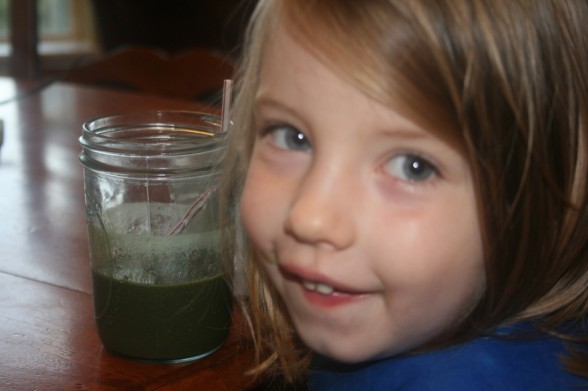


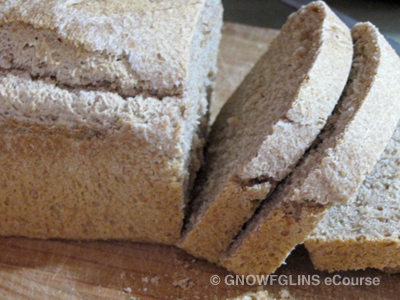 Guest post written by Wardeh Harmon from
Guest post written by Wardeh Harmon from  3. Sourdough Is Finicky.
3. Sourdough Is Finicky. 4. Sourdough Is Just For Flavor.
4. Sourdough Is Just For Flavor. Wardeh (‘Wardee’) Harmon lives in Oregon with her husband and three children. They raise ducks and dairy goats on five and a half gorgeous wooded acres, which they are in the process of turning into a productive homestead. Wardeh’s passions are healthy cooking and sewing practical wool garments, although she loves to create just about anything from scratch, should the mood hit right. Wardeh teaches traditional and whole food cooking at the
Wardeh (‘Wardee’) Harmon lives in Oregon with her husband and three children. They raise ducks and dairy goats on five and a half gorgeous wooded acres, which they are in the process of turning into a productive homestead. Wardeh’s passions are healthy cooking and sewing practical wool garments, although she loves to create just about anything from scratch, should the mood hit right. Wardeh teaches traditional and whole food cooking at the  Photo Credit
Photo Credit

